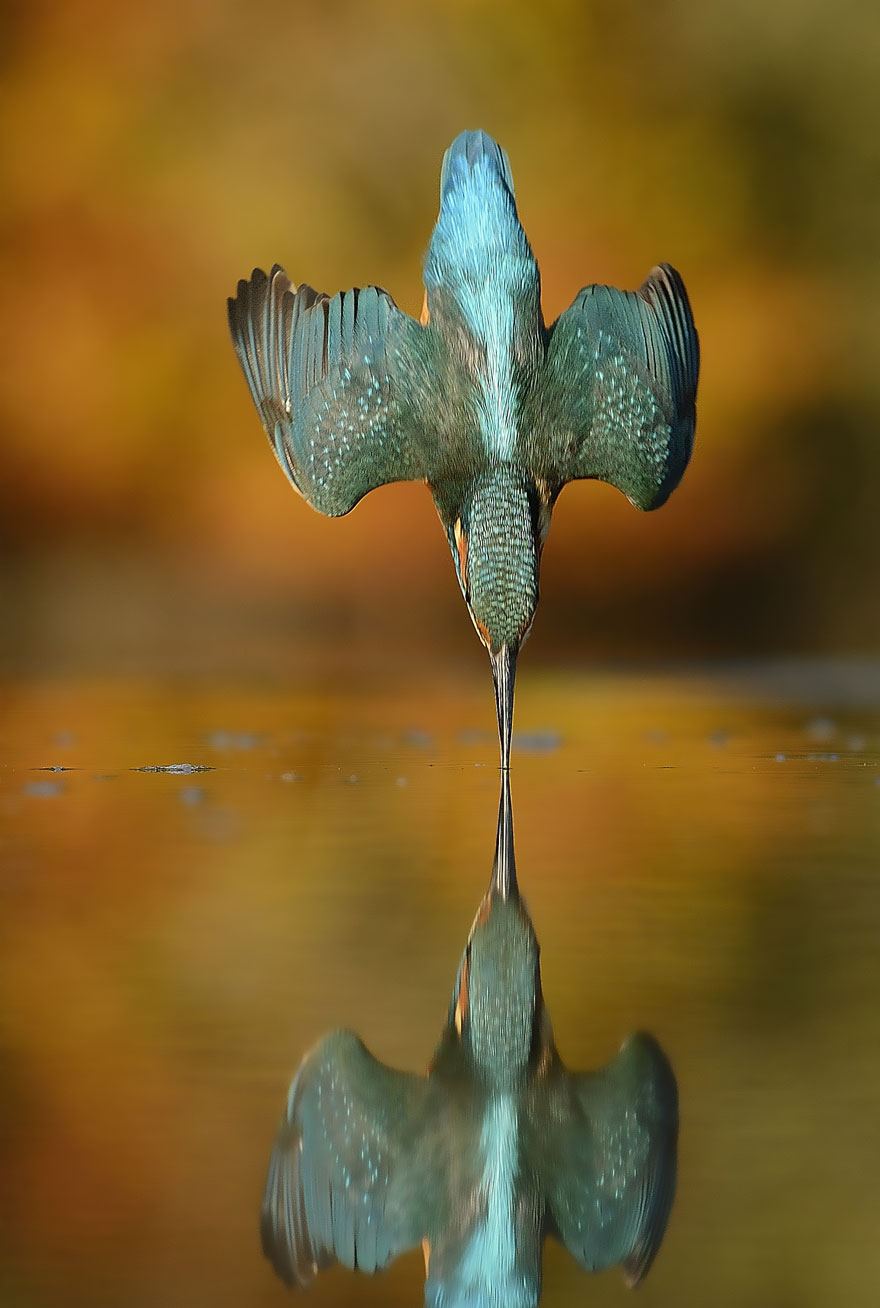- Messages
- 1,403
- Name
- Martin
- Edit My Images
- No
Advice needed
I've got a unrepeatable opportunity this weekend photographing diving kingfishers from a hide.
I will be using a Nikon D810 with a Nikon 200-500mm lens.
My question is, what is the best focus settings and iso setting to freeze the bird?
I'm hoping I can pre focus but my thinking is this won't be possible and as I mainly do landscapes and macro I'm worried I might miss the shots.
Any advice would be very much appreciated
I've got a unrepeatable opportunity this weekend photographing diving kingfishers from a hide.
I will be using a Nikon D810 with a Nikon 200-500mm lens.
My question is, what is the best focus settings and iso setting to freeze the bird?
I'm hoping I can pre focus but my thinking is this won't be possible and as I mainly do landscapes and macro I'm worried I might miss the shots.
Any advice would be very much appreciated




 sde1
sde1